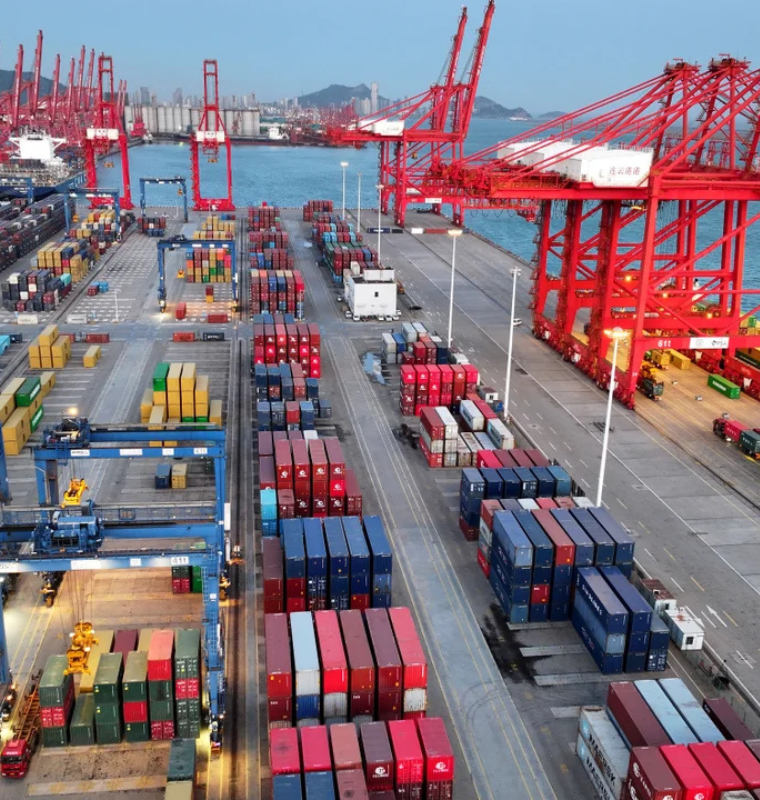Nvidia Signals Surging AI Infrastructure Momentum
Nvidia Signals Surging AI Infrastructure Momentum
By
Rachel Steinberg
Last updated:
November 21, 2025
First Published:
November 21, 2025

Getty Images
Nvidia’s latest financial results delivered a clear message to global investors — the demand for AI infrastructure is not cooling down. The company reported another quarter of exceptional growth driven by its data-center division, which has now become its primary revenue engine. With major hyperscalers such as Amazon, Google, Microsoft, and Meta pouring billions into high-performance computing clusters, Nvidia’s position at the center of the AI race looks more solid than ever.
But while Nvidia’s blowout figures reinforce the long-term need for AI processing power, they don’t definitively settle the broader concerns surrounding a potential AI market bubble. Many analysts point out that a significant portion of current spending is tied to aggressive, debt-driven data-center expansions. Companies are racing to claim early dominance in generative AI, leading to unprecedented levels of capital expenditure. According to several industry estimates, global cloud providers are expected to invest more than 200 billion dollars in AI-related infrastructure in 2025 alone, a jump of over 25 percent compared to the previous year.
Surging Demand for Accelerated Computing
Nvidia’s data-center revenue has continued its steep climb as enterprises pivot toward AI-powered services, automation tools, and large-scale model training. The company’s GPU technology remains the preferred choice for training complex models, and demand for its H100 and H200 chips has far exceeded supply. Industry insiders suggest that some hyperscalers have placed orders that stretch well into 2026, signaling confidence in long-term AI workloads.
The company also highlighted growth in sectors beyond big tech. Financial institutions, healthcare companies, automotive manufacturers, energy firms, and government agencies are all adopting AI at faster rates. Many are building internal AI clusters to reduce reliance on external cloud providers, adding further pressure to already strained global chip supply chains.
Debt-Heavy Spending Raises Sustainability Questions
Despite the impressive growth, the core concern for analysts is not Nvidia itself but the financial foundation supporting the AI boom. Cloud companies have taken on record amounts of debt over the past two years to fund massive data-center expansions. Some have doubled their capital expenditure budgets, prioritizing GPU clusters even when revenue from AI services remains in early stages.
Critics worry that this pattern resembles past cycles of overinvestment in emerging technologies. While AI adoption is widespread, monetization of generative AI products is still uneven. Enterprises are experimenting with AI copilots, automation, and synthetic-data tools, but clear, consistent returns are not yet universal. This gap between investment and realized revenue raises questions about how long the current pace of spending can continue.
Long-Term Trajectory Still Looks Strong
Many market strategists argue that even if short-term spending moderation arrives, the structural demand for AI computing remains solid. Global data creation is projected to triple over the next five years, and organizations are investing heavily in AI to manage complex workflows, accelerate research, and improve operational efficiency. Nvidia’s expanding ecosystem — from software frameworks to networking hardware — gives it a strong competitive moat in this environment.
AI leaders across the industry also continue to signal that the next wave of advancements will require dramatically larger compute capacity than today’s models. This belief is pushing cloud providers to build scalable AI supercomputers capable of supporting future generative systems, autonomous agents, and enterprise-level automation.
Nvidia’s results confirm that AI infrastructure demand is not only real but accelerating at historic levels. The company stands at the center of a technological shift reshaping global industries. Yet, concerns about debt-fueled investment and the sustainability of current spending patterns remain unresolved. For now, the AI boom continues, driven by both genuine technological need and the race to secure future dominance — leaving investors to navigate a fast-moving landscape filled with extraordinary opportunity and lingering uncertainty.
Popular articles
Subscribe to unlock premium content
Why Some People Hire Professional Bystanders to Simulate Social Interaction in Public Spaces
.png)
The Rise of Micro-Memorials People Paying to Preserve Tiny Personal Moments in Luxury Miniature Sculptures
.png)
The Market of Paying Strangers to Share Their Most Embarrassing Stories in a Private Setting
.png)
Why Some People Hire Professional Bystanders to Simulate Social Interaction in Public Spaces
.png)
The Rise of Micro-Memorials People Paying to Preserve Tiny Personal Moments in Luxury Miniature Sculptures
.png)
Why Some People Hire Professional Bystanders to Simulate Social Interaction in Public Spaces
.png)








